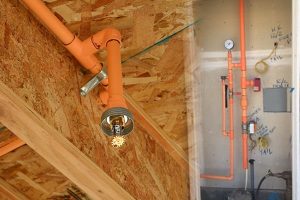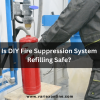![]()
Fire Immuniser
+91-7829629111
Email: info@variex.in
Varistor Technologies Pvt. Ltd.
Block-1, First Floor, Ardente Office One, Hoodi Circle, ITPL Main Road, Bengaluru, Karnataka 560048, IN
How To Check Fire Sprinkler System
Frequently Asked Questions
Regular checks of fire sprinkler systems are essential to ensure their proper function in the event of a fire emergency. Routine inspections help identify potential issues early and ensure that the system is ready to protect life and property.
The frequency of inspections depends on factors such as system type, occupancy classification, and local regulations. Generally, fire sprinkler systems should be inspected at least annually, with additional checks performed quarterly or semi-annually.
Building owners, facility managers, or designated maintenance personnel are typically responsible for checking fire sprinkler systems. Qualified technicians trained in fire protection systems and equipment may also perform inspections and maintenance tasks.
A comprehensive fire sprinkler system check should include visual inspections of all system components, testing of control valves and alarm devices, flow tests on selected sprinkler heads, verification of water supply availability and pressure, and documentation of inspection findings.
Signs that indicate a properly functioning fire sprinkler system include clear and unobstructed sprinkler heads, no visible signs of leaks or damage to piping, proper alignment and operation of control valves, and successful activation of alarm systems during testing.
Final Say
At VariEx.in and VariexOnline.com, we specialize in supplying and installing top-quality fire fighting systems and equipment. From fire extinguishers to advanced suppression systems, we offer comprehensive solutions tailored to your needs. Our experienced team ensures precise installation and maintenance for optimal safety.
Trust VariEx for reliable fire protection. Contact us online or call 7829629111 to learn more.










